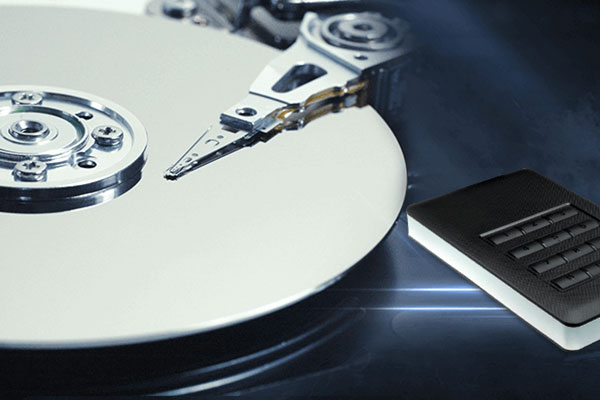When the memory we use, such as USB flash drives, hard drives or other storage devices, are imported from overseas markets into our country, what complicated procedures and regulations do we need to go through? For many companies, it is crucial to understand and follow these import regulations to ensure that the products can pass through customs smoothly and reach consumers in a timely manner. The following is a comprehensive discussion of the key issues involved in importing memory, aiming to provide a clear idea.

1. Precautions for importing machinery and equipment
As a special type of mechanical equipment, imported storage devices require special attention to the following points:
1. Determine the commodity coding and supervision conditions:According to the performance and purpose of the memory, its customs commodity code and corresponding supervision conditions are clarified. This helps to accurately calculate tariffs and clarify whether special import licenses are required.
2. Obtaining an import license:In particular, for electromechanical products involving specific regulatory conditions, such as memory, it may be necessary to obtain an automatic import license (commonly known as an "O license"). This usually requires an application to the relevant agency in advance, and detailed company information and product descriptions may be required.
3. Commodity inspection and certification:Imported memory may need to undergo commodity inspection upon entry. For products that fall within the scope of 3C certification (China Compulsory Certification), they must also obtain certification and affix the certification mark.
II. Application for Automatic Import License for Mechanical and Electrical Products
Applying for an automatic import license is a key step in importing electromechanical products, such as memory. The process includes:
1. Online registration and application:First, register on China International Tendering Network and submit company-related information for certification.
2. Submit application materials:Including application form with official seal, copy of business license and other documents.
3. Evidence Collection:After the application is approved, go to the designated location to collect the automatic import license.
In addition, for imported storage in special circumstances (such as international bidding procurement, radio transmission equipment, etc.), additional corresponding documents may be required.
III. Customs clearance requirements and procedures
The import customs clearance process of memory involves multiple links:
1. Document preparation:Including foreign trade contracts, commercial invoices, packing lists, agency agreements, etc.
2. Customs declaration and inspection:Choose an experienced agent to prepare and submit customs declaration and inspection documents according to the characteristics and requirements of the storage.
3. Pay taxes and fees:Pay the corresponding duties and VAT based on the customs assessed value and product classification.
4. Customs inspection:Depending on the circumstances, the storage device may be selected by customs for detailed inspection.
5. Goods release and settlement:After completing all the above steps, the storage can be released, the enterprise should settle the fees with the agent in time, and then arrange the delivery of the goods.
In addition, for storage devices imported using international express services such as FEDEX, if there are no special urgent requirements, you can choose the customs clearance service of the express company to simplify the process.
In short, importing memory involves more than just logistics and transportation, but also complex legal, tax and regulatory requirements. By understanding and complying with relevant regulations, companies can effectively avoid potential risks and delays and ensure that memory can enter the market smoothly.


 Follow customer service WeChat
Follow customer service WeChat